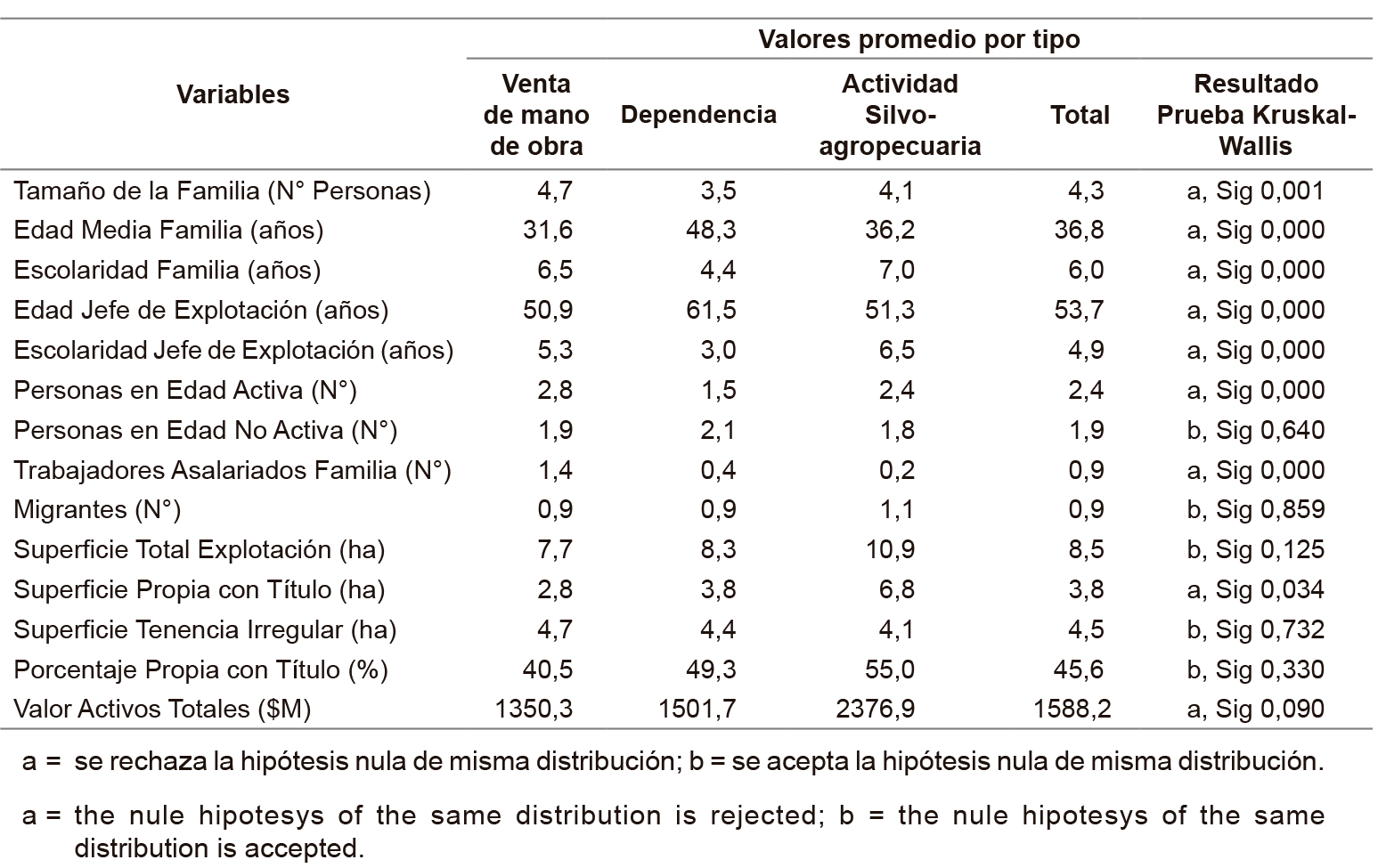Plantas medicinales de los bajos alcalinos de la cuenca del arroyo del Azul (provincia de Buenos Aires, Argentina)
Keywords:
mapuche economy, rural families incomes, rural povertyAbstract
This research was carried out in 7 alkaline wetlands located in the plain sector of the Azul creek basin (center of Buenos Aires province, Argentina). Such environments, due to soil limitations are used for breeding cattle. The aim of this paper is to analyze these landscape units from a perspective that allows their revaluation, considering the great diversity of plant species of medicinal value that develops in them. 150 species were identified, of which 81 (54%) had medicinal properties. The family with most species with medicinal use was Asteraceae, followed by Poaceae and, to a lesser extent, Apiaceae and Plantaginaceae. The medicinal use group most represented was that of digestive, then diuretic and hepatic. These environments should be considered as providers of ecosystem services because of the wide diversity of their flora and its medicinal potential.

Published
Issue
Section
License

This work is licensed under a Creative Commons Attribution-NonCommercial-ShareAlike 3.0 Unported License.
Aquellos autores/as que tengan publicaciones con esta revista, aceptan las Políticas Editoriales.


